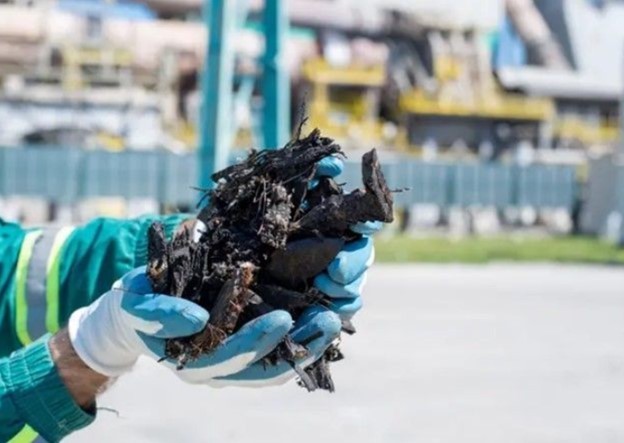Transforming Waste: How Burning Tires Can Produce Valuable Commodities.

Transforming Waste: How Burning Tires Can Produce Valuable Commodities.
Waste tires are a major environmental problem, as they are non-biodegradable, bulky, and flammable. According to the U.S. Environmental Protection Agency, about 300 million tires are scrapped every year in the U.S. alone, and only about 15% of them are recycled. The rest end up in landfills, illegal dumps, or are burned for energy, which causes air pollution and greenhouse gas emissions.
It is estimated that around 1.0 billion scrap tires are produced every year all over the world, out of which around 150,000 tons are produced by Bangladesh. A large quantity of the used tires is being randomly burnt as fuel throughout Bangladesh in the brick field, in road construction and other industrial purposes. Hundreds of different toxic pollutants are created by burning tires as well as an enormous number of small particles that settle deep in the lungs.
Burning tires, a standard disposal method with detrimental environmental impacts, can be harnessed to generate valuable resources through advanced technologies and processes.
The traditional practice of tire incineration releases harmful pollutants into the atmosphere, contributing to air pollution and posing severe health risks. However, with advancements in pyrolysis technology, tires can be converted into valuable products WITHOUT releasing harmful emissions.
The gas can be either burned to provide heat for the reactor, or condensed to produce fuel oil. The liquid can be separated into fuel oil and water. The solid can be separated into steel and carbon black.
1. Oil, 2. Carbon Black & 3. Steel
The pyrolysis process has several advantages over other methods of tire disposal, such as incineration, landfilling, or shredding. Pyrolysis can recover up to 60% of fuel oil, 15% of steel, and 25% of carbon black from waste tires, depending on the operating conditions and the quality of the tires. Pyrolysis can also reduce the volume and weight of the waste tires by up to 90%, and eliminate the risk of fire and disease transmission. Pyrolysis can also reduce the environmental impact of tire disposal, as it produces less emissions, odors, and leachate than other methods.
Furthermore, tire pyrolysis presents an environmentally sustainable alternative to traditional waste management practices, offering a viable solution to the global challenge of waste disposal and resource scarcity.
The transformation of waste tires through pyrolysis represents a compelling opportunity to turn an environmental liability into valuable commodities.
Let's seize this opportunity to embrace innovation, foster collaboration, and drive positive change for the benefit of our planet and future generations.
